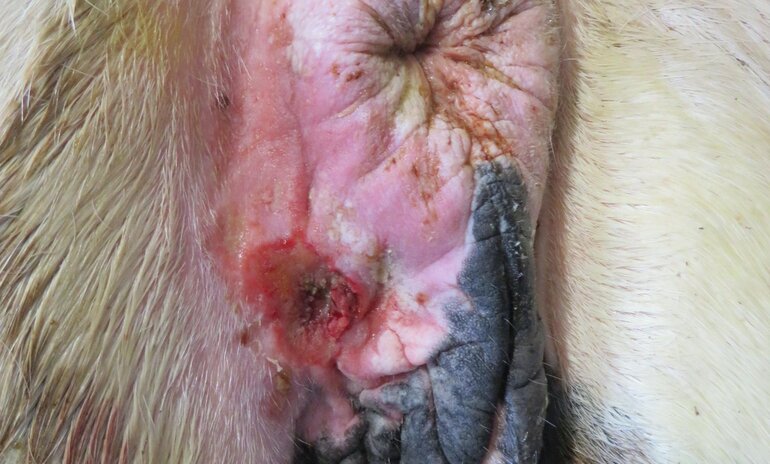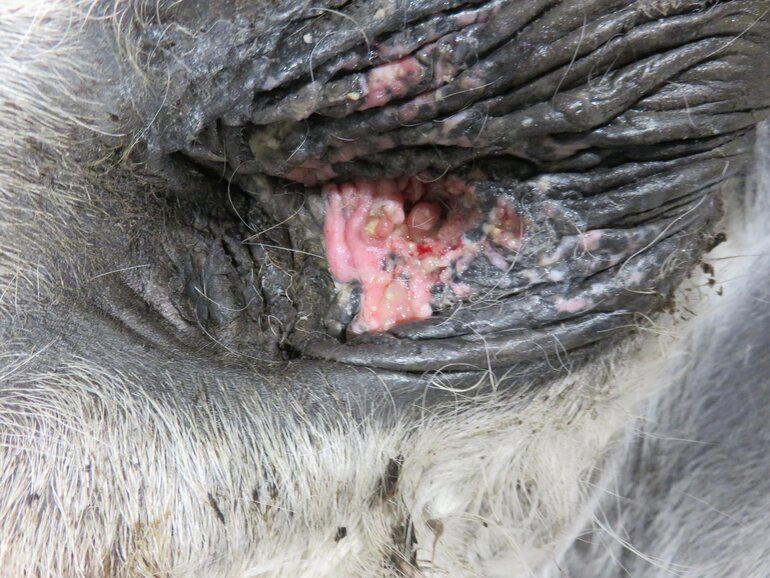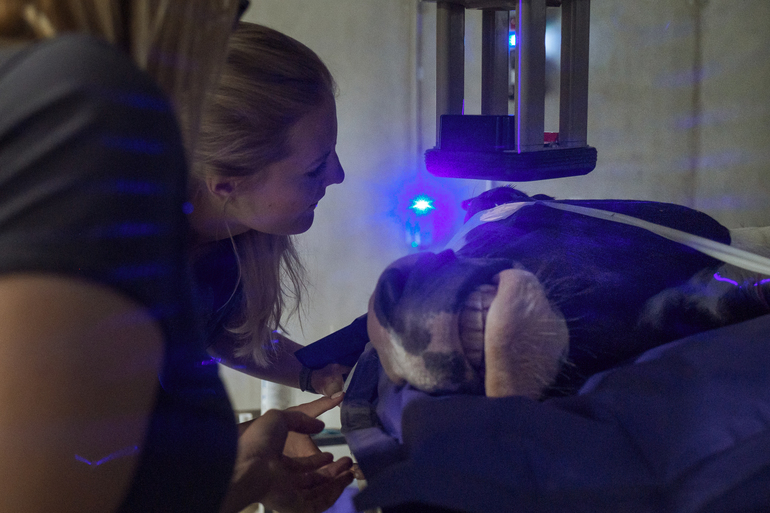Equine squamous cell carcinoma
Origin, forms, treatment.
What is squamous cell carcinoma?
How to detect squamous cell carcinoma?
Where do equine squamous cell carcinoma most commonly occur?


Ocular Squamous Cell Carcinoma


Cutaneous squamous cell carcinoma
Similar changes may also occur around the anal cone and in the anogenital area. Again, the externally visible portion is often small.


Other localizations
Penile squamous cell carcinomas are more common. Here they can occur throughout the area from the tip of the penis well into the prepuce and in some cases completely prevent excavation. An occasional check of the genitalia should be performed in order to be able to react at an early stage.





